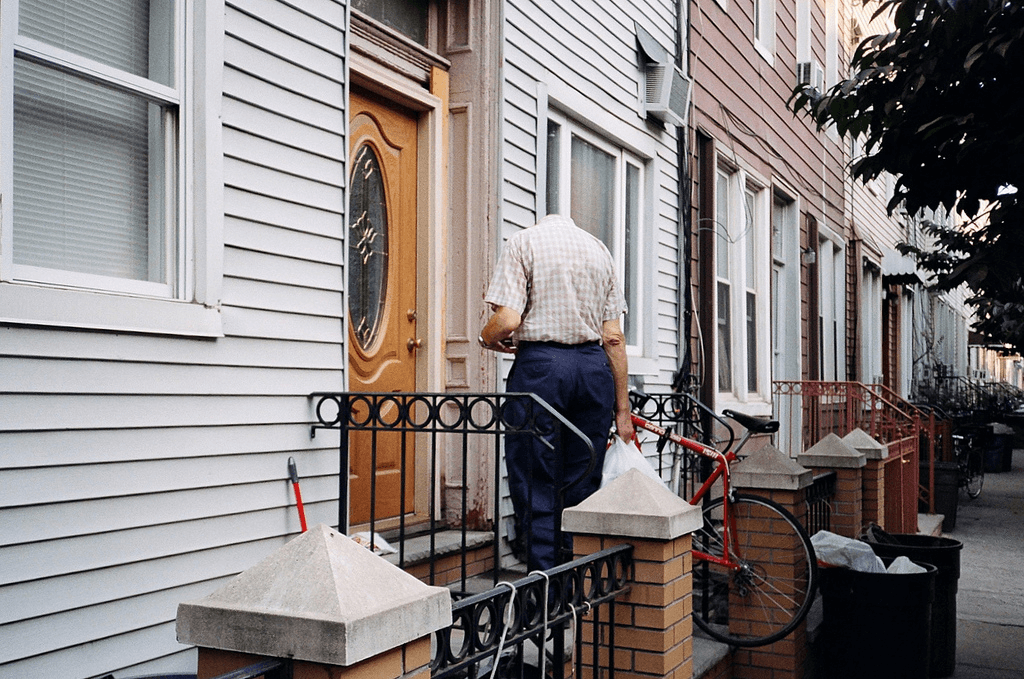Indicators on Street Photographers You Need To Know
Indicators on Street Photographers You Need To Know
Blog Article
Street Photographers - Truths
Table of ContentsWhat Does Street Photographers Do?4 Simple Techniques For Street PhotographersSome Known Details About Street Photographers What Does Street Photographers Do?3 Simple Techniques For Street Photographers
Road photographers do not always have a social purpose in mind, yet they prefer to isolate and catch minutes which could otherwise go undetected.He was affected by several of those that affected the street digital photographers of the 1950s and '60s, he was not chiefly interested in catching the spirit of the street. The impulse to aesthetically record individuals in public began with 19th-century painters such as Edgar Degas, douard Manet, and Henri de Toulouse-Lautrec, that functioned side by side with photographers trying to record the significance of urban life.
Since of the relatively primitive innovation available to him and the lengthy exposure time required, he battled to capture the stress of the Paris roads. He explore a collection of photo methods, attempting to locate one that would certainly enable him to catch movement without a blur, and he discovered some success with the calotype, patented in 1841 by William Henry Fox Talbot. In contrast to Atget, professional photographer Charles Marville was hired by the city of Paris to create an encyclopaedic paper of Haussmann's metropolitan preparation task as it unfolded, hence old and brand-new Paris. While the professional photographers' topic was essentially the exact same, the outcomes were considerably various, showing the effect of the digital photographer's intent on the character of the images he generated.
Given the great quality of his photographs and the breadth of product, architects and artists usually purchased Atget's prints to use as reference for their own job, though industrial passions were hardly his major inspiration. Instead, he was driven to picture every last remnant of the Paris he loved. The mingled enthusiasm and urgency of his mission luster through, resulting in photographs that narrate his own experience of the city, top qualities that expected road digital photography of the 20th century.
Get This Report about Street Photographers
They expose the city via his eyes. His work and essential understanding of digital photography as an art form functioned as inspiration to generations of photographers that adhered to. The following generation of road digital photographers, though they likely did not describe themselves because of this, was introduced by the photojournalism of Hungarian-born digital photographer Andr Kertsz.
Unlike his peers, Brassa made use of a larger-format Voigtlnder electronic camera with a longer direct exposure time, forcing him to be a lot more computed and thoughtful in his technique than he may have been if using a Leica. (It is thought that he might not have been able to afford a Leica during that time, yet he did, nevertheless, make use of one in the late 1950s to take colour photographs.) Brassa's photographs of the Paris abyss lit up by artificial light were a revelation, and the collection of the series that he released, (1933 ), was a significant success.
Cartier-Bresson was a champion of the Leica video camera and among the initial digital photographers to optimize its capabilities. The Leica permitted the professional photographer to interact with the surroundings and to capture moments as they happened. Its fairly little dimension likewise aided the professional photographer discolor right into the history, which was Cartier-Bresson's favored method.
The Of Street Photographers
It is due to the fact that of this basic understanding of the art of image taking that he is usually attributed with uncovering the medium throughout again about a century because its creation. He took photos for even more than a half century and affected generations of digital photographers to trust their eye and intuition in the moment.
These are the inquiries I shall try to respond to: And after that I'll leave you with my own interpretation of road photography. Yes, we do. Let's start with specifying what an interpretation is: According to (Street Photographers) it is: "The act of defining, or of making something certain, distinctive, or clear"
No, most definitely not. The term is both restricting and misdirecting. Seems like a street digital photography need internet to be images of a streets appropriate?! And all road digital photographers, with the exception of a handful of outright novices, will fully value that a street is not the vital part to road photography, and in fact if it's an image of a street with perhaps a few monotonous people not doing anything of passion, that's not street digital photography that's a picture of a road.
Facts About Street Photographers Uncovered
He makes a valid factor do not you think? Nonetheless, while I concur with him I'm uncertain "candid public digital photography" will certainly capture on (although I do type of like the term "honest photography") webpage since "road digital photography" has actually been around for a very long time, with numerous masters' names affixed to it, so I think the term is here to remain.
You can fire at the coastline, at a festival, in an alley, in a park, in a piazza, in a coffee shop, at a gallery or art gallery, in a metro station, at an occasion, on a bridge, under a bridge ...
Yes, I'm afraid we scared no choice! Without policies we can not have an interpretation, and without a definition we do not have a genre, and without a genre we do not have anything to define what we do, and so we are stuck in a "rules definition style" loop!
The Street Photographers PDFs

Report this page